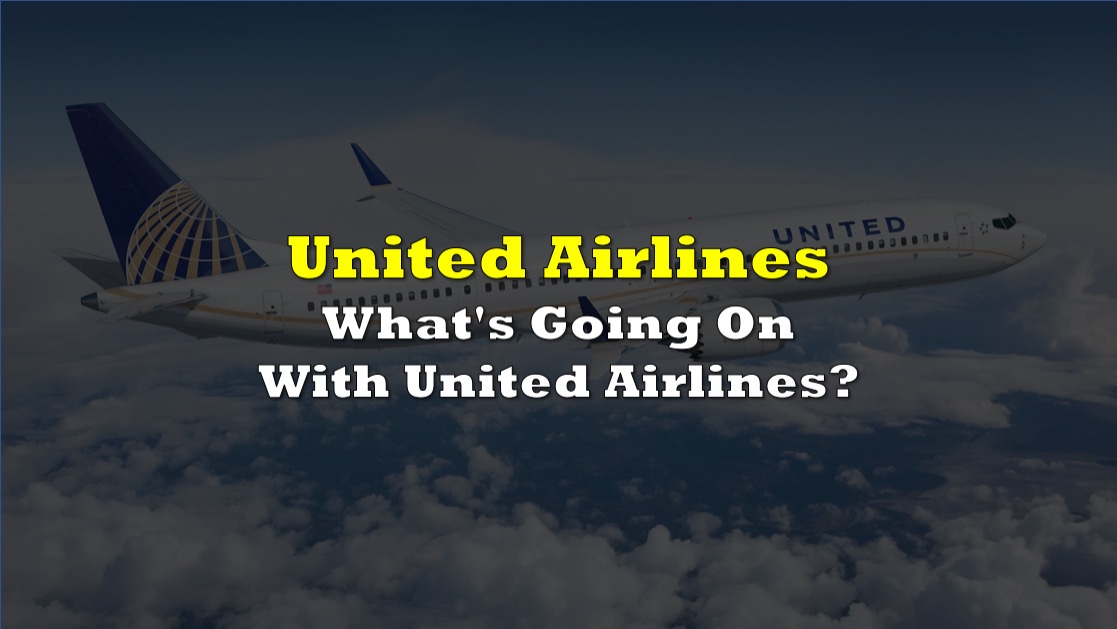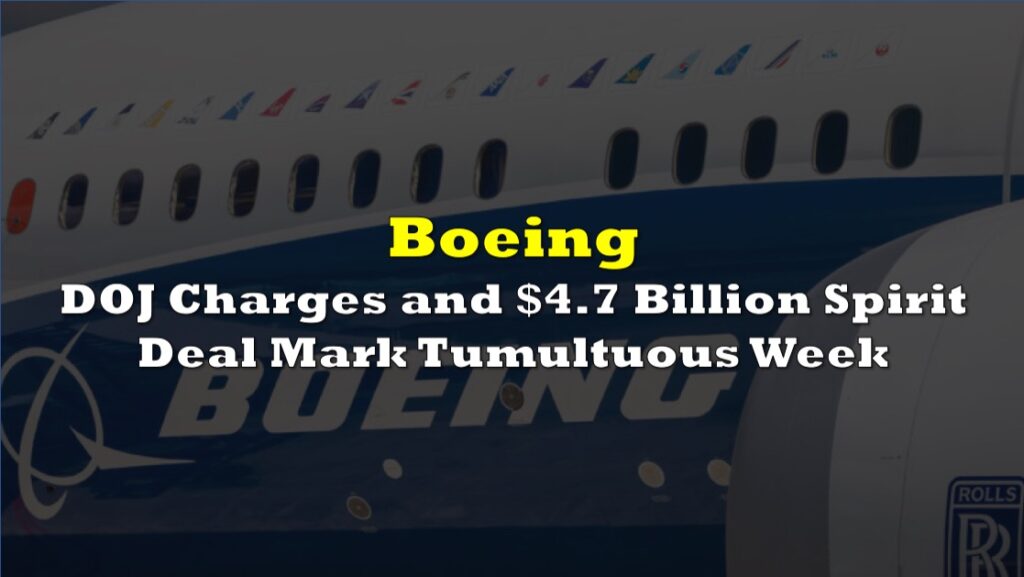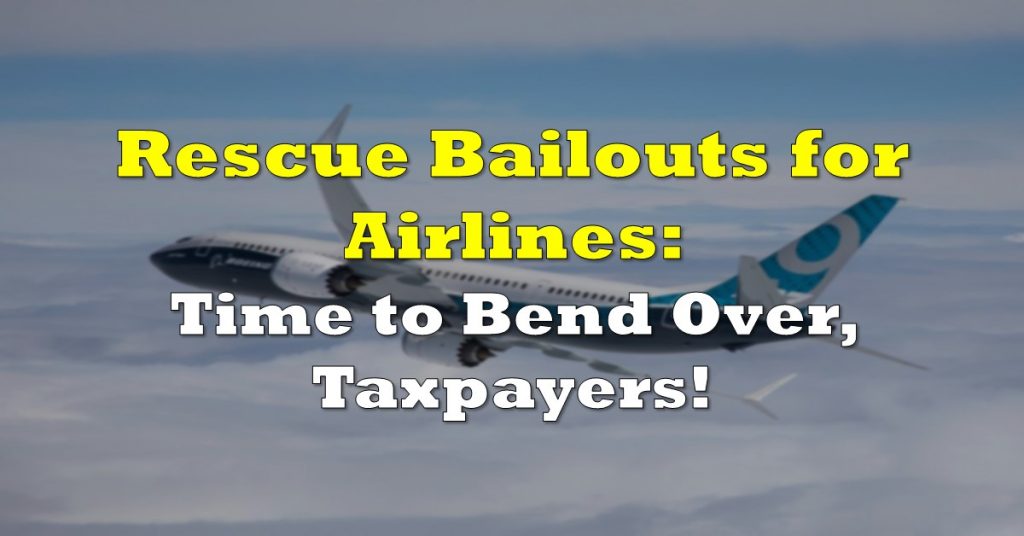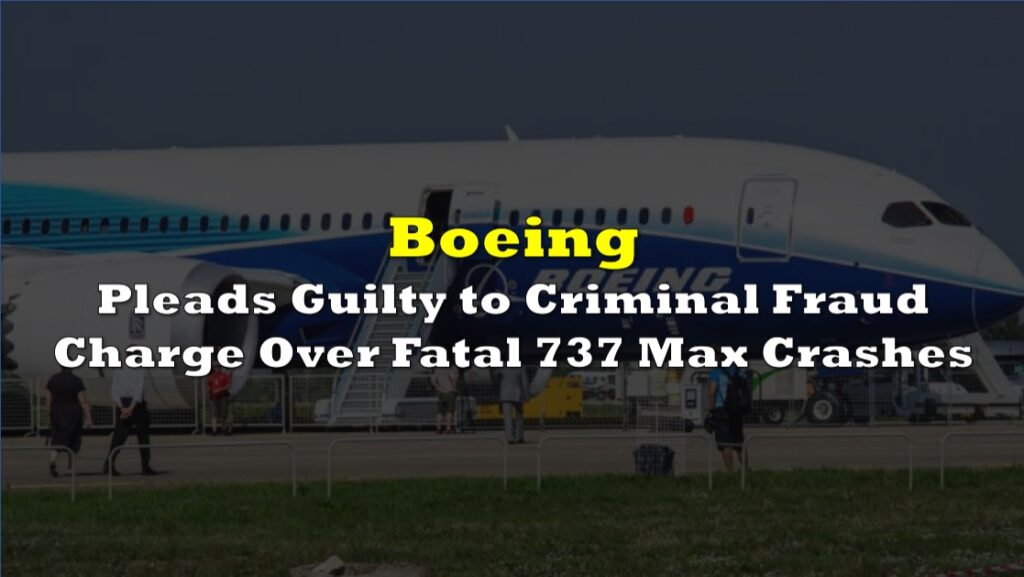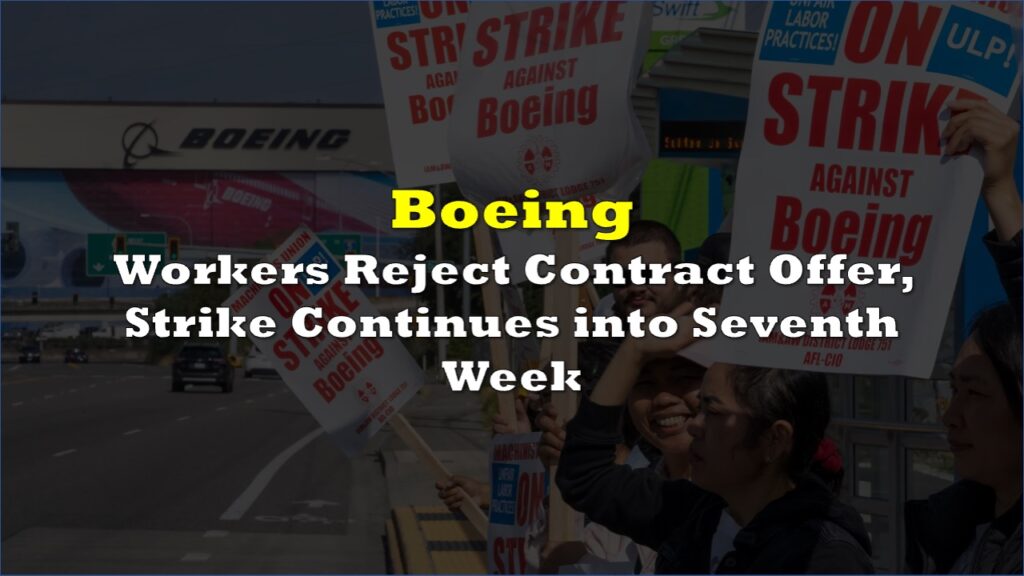In yet another setback for United Airlines (NASDAQ: UAL), a Boeing 777-300 aircraft bound for San Francisco was compelled to return to Sydney just two hours into its nearly 14-hour journey. The flight, identified as United Flight 830, was carrying 183 passengers and crew members when it was redirected due to what United Airlines described as a “maintenance issue.”
Despite the unexpected turn, the airline reassured that the “plane landed safely, and passengers deplaned normally at the gate.” United Airlines further stated that affected passengers were provided with overnight accommodation and promptly rebooked onto alternative flights bound for San Francisco.
This incident marks the fifth mishap encountered by the carrier within a span of seven days.
This is wild. All in the last 96 hours. Something is going on with United Airlines. pic.twitter.com/574w2XGLzR
— Brandon Friedman (@BFriedmanDC) March 12, 2024
Last week, a flight encountered a harrowing midair engine fire caused by the ingestion of bubble wrap while another flight also had issues after it lost a tire shortly after takeoff on Thursday.
The following day, a United Airlines aircraft skidded off a runway and into a grassy area, further amplifying concerns over safety protocols. Additionally, a flight scheduled from San Francisco to Mexico City had to be diverted to Los Angeles due to an issue with the plane’s hydraulic system, as disclosed by the airline.
BREAKING: United Airlines Plane From San Francisco Diverts and Lands Safely at After Losing a Tire
— Breaking911 (@Breaking911) March 7, 2024
• A United Airlines flight departing from San Francisco International Airport was diverted to Los Angeles International Airport due to a lost tire during takeoff.
• Airport… pic.twitter.com/CQVnVIiAQ0
“Everything is working at United Airlines”
Pilot Scott Miller, also an aviation lecturer at San Jose State University, acknowledged the impact of recent United Airlines incidents, stating, “That’s never a good look for anyone.”
Despite the series of events, Miller emphasized that pilots are trained to handle unexpected situations, with extensive training dedicated to addressing rare occurrences. He noted that while United Airlines’s week appeared challenging, the focus should be on the successful safe landings achieved in all incidents.
Miller highlighted the rarity of mid-air engine fires and wheel malfunctions, especially occurring in close proximity, suggesting these incidents are garnering increased scrutiny in airline operations. He traced this heightened interest back to incidents such as the Alaska Airlines “door plug” incident and the 2018 Boeing Max crashes, which sparked concerns and scrutiny in airline operations.
“We spend 90% of our training time working on things that may only occur 1% of the time,” Miller said. “Even though it appears United is having a bad week, in reality, everything is working at United Airlines because everyone is able to get back on the ground in one piece – unfortunately with a little bit of a disruption – but be able to carry on their trip.”
United Airlines’s experiences were not unique, as American Airlines also encountered issues when one of its planes clipped the tail of a parked Frontier jet in Miami.
Despite the turbulent week, Miller expressed confidence in the continuous improvement of safety measures in the aviation industry over the years. He emphasized that despite incidents, the trend towards enhanced safety management systems suggests that airline travel will become even safer in the future.
Boeing angle
The escalating string of incidents involving United Airlines comes amidst broader scrutiny faced by US aircraft manufacturer Boeing (NYSE: BA). The company has been under intense scrutiny in recent times due to a slew of quality and safety concerns across its various aircraft models.
An incident aboard United Flight 354 was captured on camera when a Boeing 757-200’s wing fell apart mid-flight, leading to an emergency landing in Denver. The cause was identified as a slat issue on the wing, highlighting safety concerns.
Its 737 MAX jetliners have also been facing continued problems. Recent incidents, including a door panel detachment on an Alaska Airlines 737 MAX 9 and a cracked cockpit window on an All Nippon Airways 737-800, have raised alarms. These incidents follow fatal crashes involving the 737 MAX in Indonesia and Ethiopia, resulting in a two-year grounding for fixes to the MCAS flight control software systems.
Despite a string of incidents with United Airlines involving Boeing aircraft, including engine failures and landing mishaps, experts stress that there is no apparent correlation to Boeing’s recent manufacturing troubles. These incidents are regarded as isolated events rather than indicative of systemic issues with Boeing’s manufacturing processes.
“Contrary to what is being alluded to in the mainstream press, these incidents show no indication of being linked whatsoever. Is it unlucky that multiple Boeing aircraft suffered highly visible incidents just two months after a door plug flew off a 737 MAX 9? Yes, absolutely. But none of these incidents appear likely to drastically change the air safety landscape,” wrote AirlineGeeks.com founder Ryan Ewing.
However, United Airlines CEO Scott Kirby acknowledges considering replacing previously ordered Boeing 737 Max 10s with Airbus A321neo’s due to certification delays and recent issues with Boeing aircraft. The potential shift to A321neos hinges on favorable economics, as Kirby emphasizes that the Max 10 certification delays are not short-term but extend over decades.
“As much as I would like those deliveries, this is not a 12-month issue,” Kirby said. “This is a two-decade issue.”
United Airlines currently operates six A321neos with 174 more on order, while holding orders for nearly 350 737 Max aircraft. With Max 10 certification likely delayed until 2025, the airlines has removed these jets from its fleet plan and requested Boeing to halt their production in favor of Max 9s.
Despite encouraging signs from Boeing regarding necessary changes, United Airlines anticipates receiving over 100 fewer Boeing aircraft deliveries in 2024 than initially contracted, citing delays. Kirby emphasizes the importance of Boeing’s adjustments, urging a cautious approach to ensure long-term success in aircraft deliveries.
Increased interest
While industry insiders recognize these United Airlines incidents as isolated events, they acknowledge that the general public may perceive them differently. Concerns over safety and reliability are natural reactions, especially in light of recent media coverage and heightened scrutiny of Boeing’s operations.
Commercial aviation, however, is designed with layers of redundancy. Despite occasional incidents, the aviation industry maintains rigorous safety standards and protocols to ensure passenger safety.
“On X (formerly Twitter), one user posted the question: “What the f—- is going on with the aviation industry?” The short answer is nothing out of the ordinary,” Ewing emphasized. “Commercial airliners are designed to fail. Layers of redundancy are the common thread.”
United Airlines Bingo.
— Dave Jones (@eevblog) March 12, 2024
Cross off all items within 12 months and your next flight is free. pic.twitter.com/qiRQ70aljV
They’re called Boeing because that’s the sound their wheels make when they fall off the plane
— 7/11 Truther (@DaveMcNamee3000) March 12, 2024
The incidents have prompted questions about patterns of events and narratives in media coverage. Some observers caution against sensationalizing individual incidents, which could detract from addressing deeper issues within the aviation industry, such as serious manufacturing problems at major aerospace exporters like Boeing.
“It’s almost as if someone is choosing what you hear & what you don’t based on how worked up they can get you & how much advertising they can generate,” posted one X user who claims to be a pilot instructor. “Don’t let them. They will sensationalize stuff that people who work in this industry consider mundane – in part, because they don’t know better & because they are counting on you not knowing, either.”
Since you’ll hear about it in the news…
— KC-10 Driver ✈️ 👨✈️ B-737 Wrangler (@MCCCANM) March 12, 2024
It’s not fuel, it’s hydraulic fluid. The 777 has three hydraulic systems; losing one isn’t such a big deal.
Now, why is Boeing & United specifically having such a hard time? They aren’t…you just don’t know this stuff isn’t that unusual… https://t.co/dDF86pY6cR pic.twitter.com/Apfk3QXoqO
The National Transportation Safety Board (NTSB) and Federal Aviation Authority (FAA) are actively investigating these incidents.
Information for this story was found via Yahoo News, CBS, Flight Global, and the sources mentioned. The author has no securities or affiliations related to the organizations discussed. Not a recommendation to buy or sell. Always do additional research and consult a professional before purchasing a security. The author holds no licenses.

